
Understand what is
happening to your water.
Background
Val Verde County is home to several unique watersheds, including the Devils River, Rio Grande, Amistad Reservoir, Pecos River and San Felipe Creek. These surface waters are fed by groundwater from the complex Edwards-Trinity Aquifer.
There are 6 significant spring systems in the unique watersheds of Val Verde County: Pecan Springs, San Felipe Springs, Goodenough Spring, Indian Head Spring, Finegan Springs and Dead Man Spring. These spring systems are jewels in Val Verde’s crown and indicators of groundwater levels for each unique watershed.
By 2070, the Texas population is expected to increase by more than 70 percent. With that increase, so will the demand for water.
Unlike surrounding counties, Val Verde County does not have a water management plan.
Without a plan, the future of Val Verde’s water is unknown.
"Water. The Consequences?" shows the risk of not planning for the future of Val Verde County’s water resources and advocates for a water management strategy that protects private property rights, stream flows, recreational values, and municipal water supplies.
Join the Devils River Conservancy in supporting smart groundwater use and the creation of river, creek and spring flow standards to ensure water is conserved for future generations of Texans.
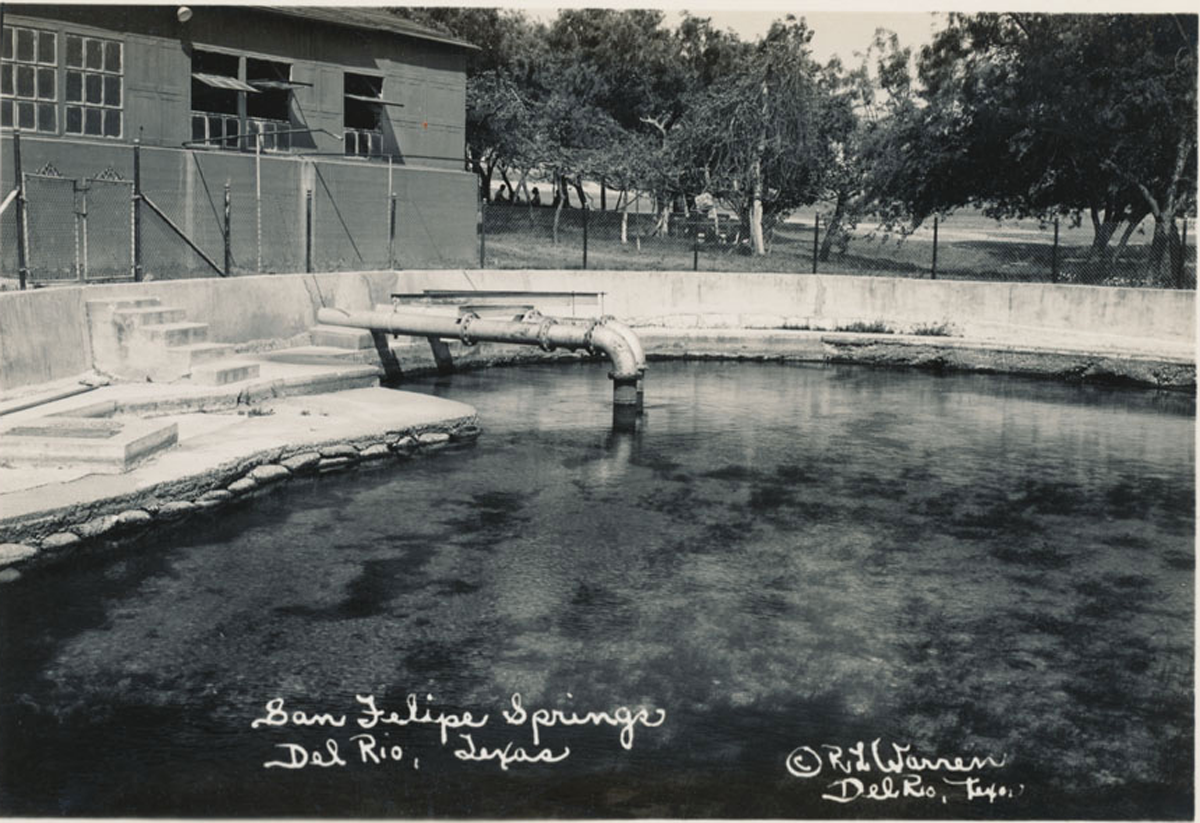
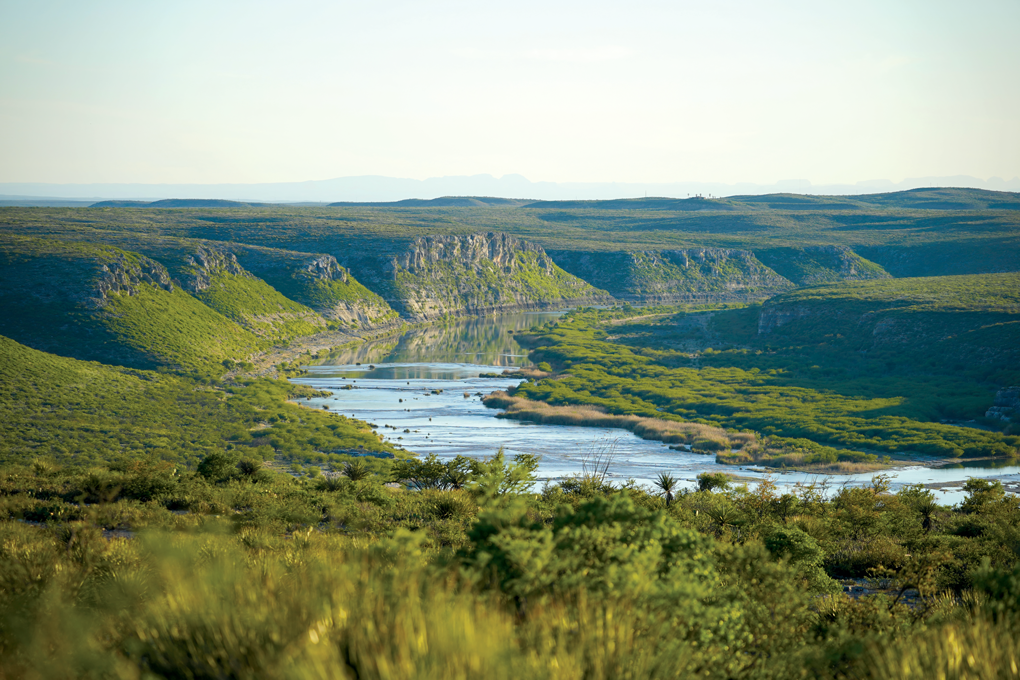
"Will your grandkids have the opportunity to fill a stock tank, swim in San Felipe Creek, marvel at the turquoise waters of the Devils River, or learn to fish on Lake Amistad?"
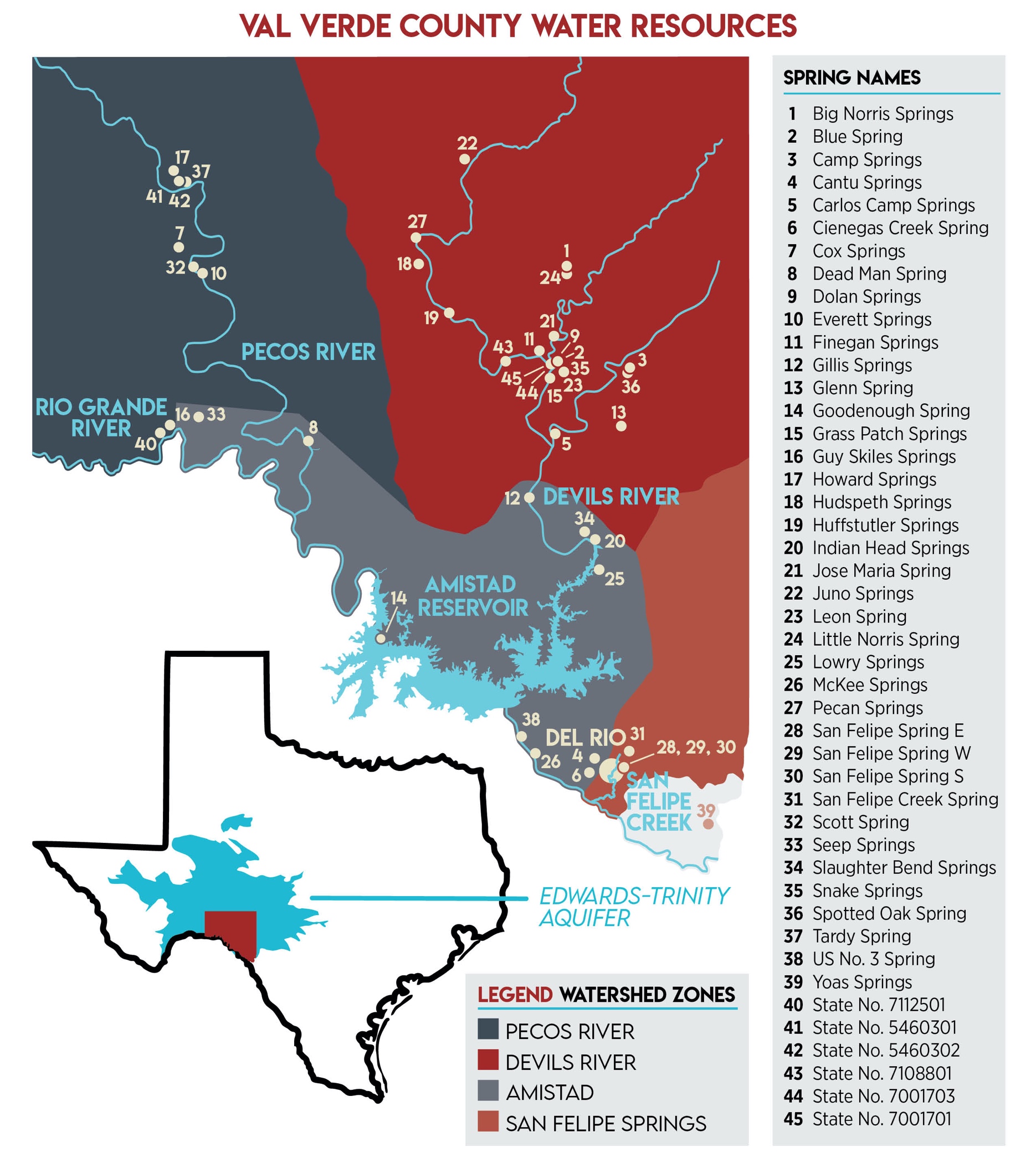
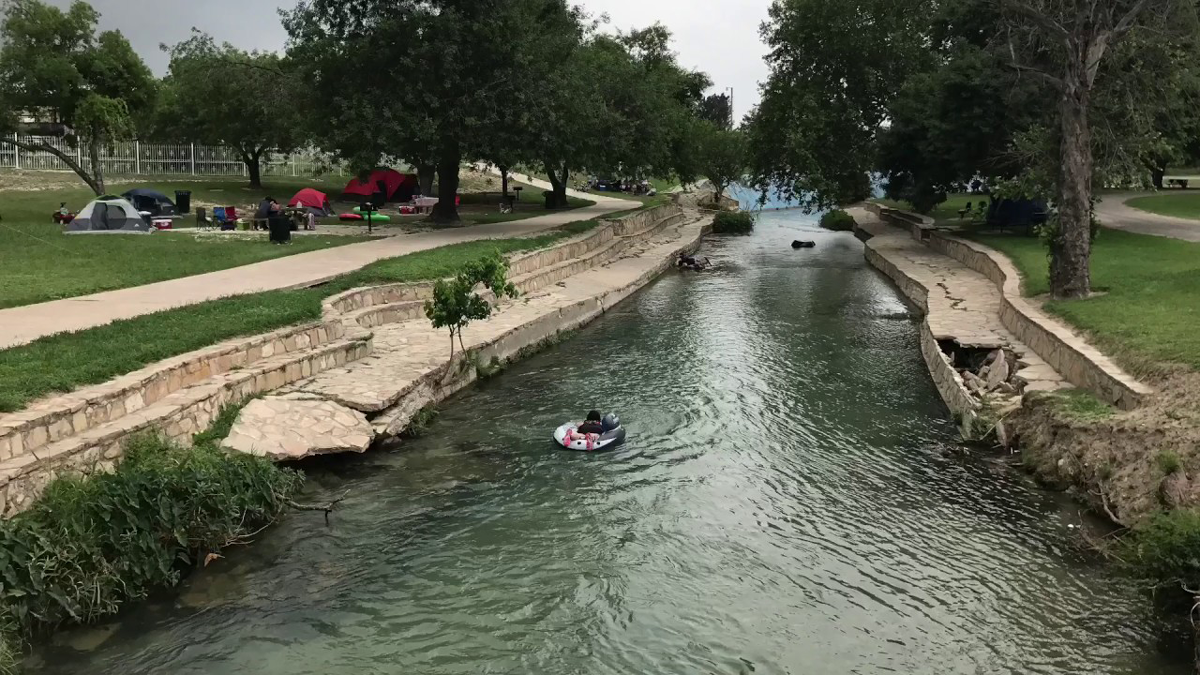
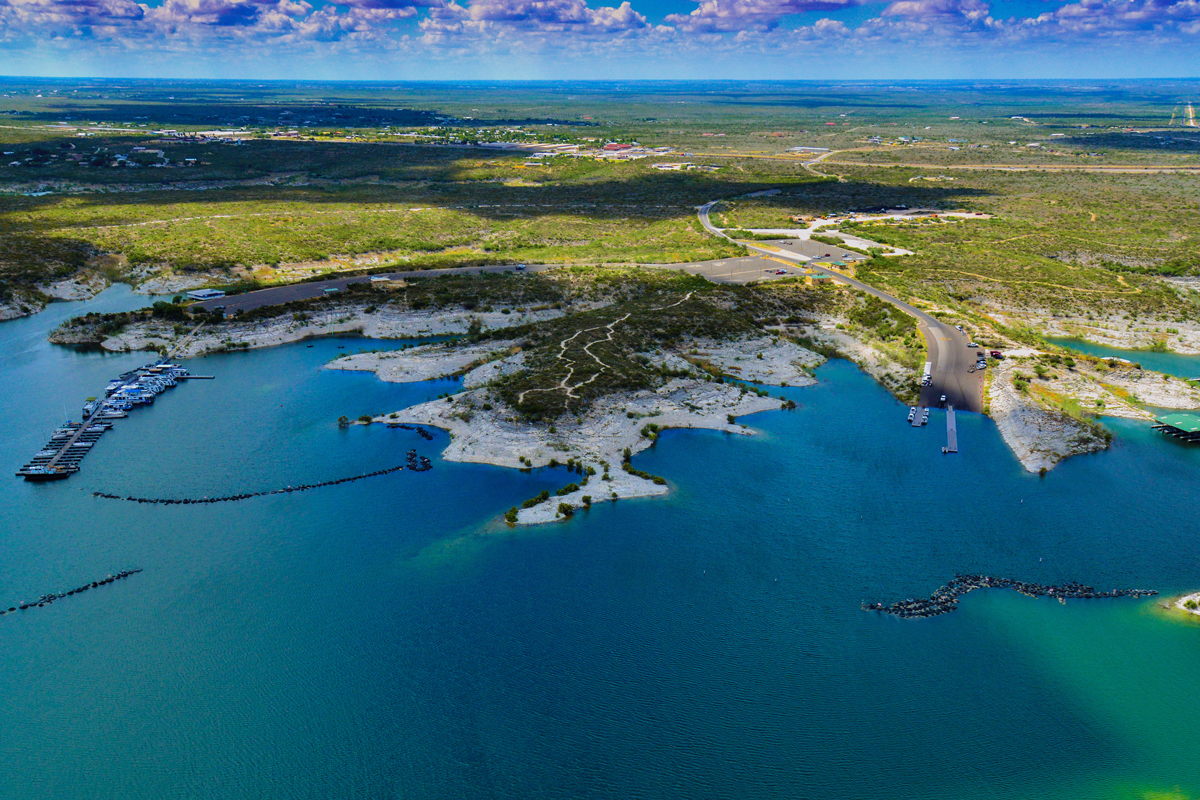
Regional Impact
Without a governing body or groundwater management plan in place, groundwater resources in Texas are subject to the “Rule of Capture” law. This law allows landowners to pump as much water as they see fit, without any liability for neighboring landowners and communities. Texas is the only western state where “Rule of Capture” governs groundwater use rather than “Reasonable Use.”
If groundwater pumping occurs at a high-volume near the Amistad Reservoir, this could affect the San Felipe Springs, the only surface water resource for the City of Del Rio. The San Felipe Springs also supports water flow in the San Felipe Creek and the Rio Grande River.
Downstream populations could be impacted. Val Verde County contributes upwards of ⅓ of the downstream flows to the Rio Grande - the primary water source for many communities south of Del Rio, Texas. If any of these water resources are impacted, a domino effect could take place, leaving Eagle Pass and Laredo with little to no water.
More than 1 million people visit Val Verde County’s state and federal parks for hunting, fishing, paddling and bird watching — all of which are water dependent. Val Verde’s $52.1 million per year tourism industry could be at stake if water is depleted from our region, leaving residents without jobs.
Amistad Reservoir alone creates 695 jobs in Del Rio, and San Felipe Springs are the main water source for Laughlin AFB which contributes an economic impact of $243,417,834 on Del Rio annually.


International Impact
In 1944, the United States established a water treaty with Mexico that authorizes both countries to operate and maintain dams on the main channel of the Rio Grande River.
If the reigning "Rule of Capture" law is not modified or monitored, this may lead to an over pumping of water resources, which could then affect the water levels in Mexico. As a result, this could incite federal action and regulation for noncompliance of the treaty.

"Water has been the lifeblood of Val Verde County for thousands of years. If we misuse it, we eventually lose it and this region will suffer immensely."
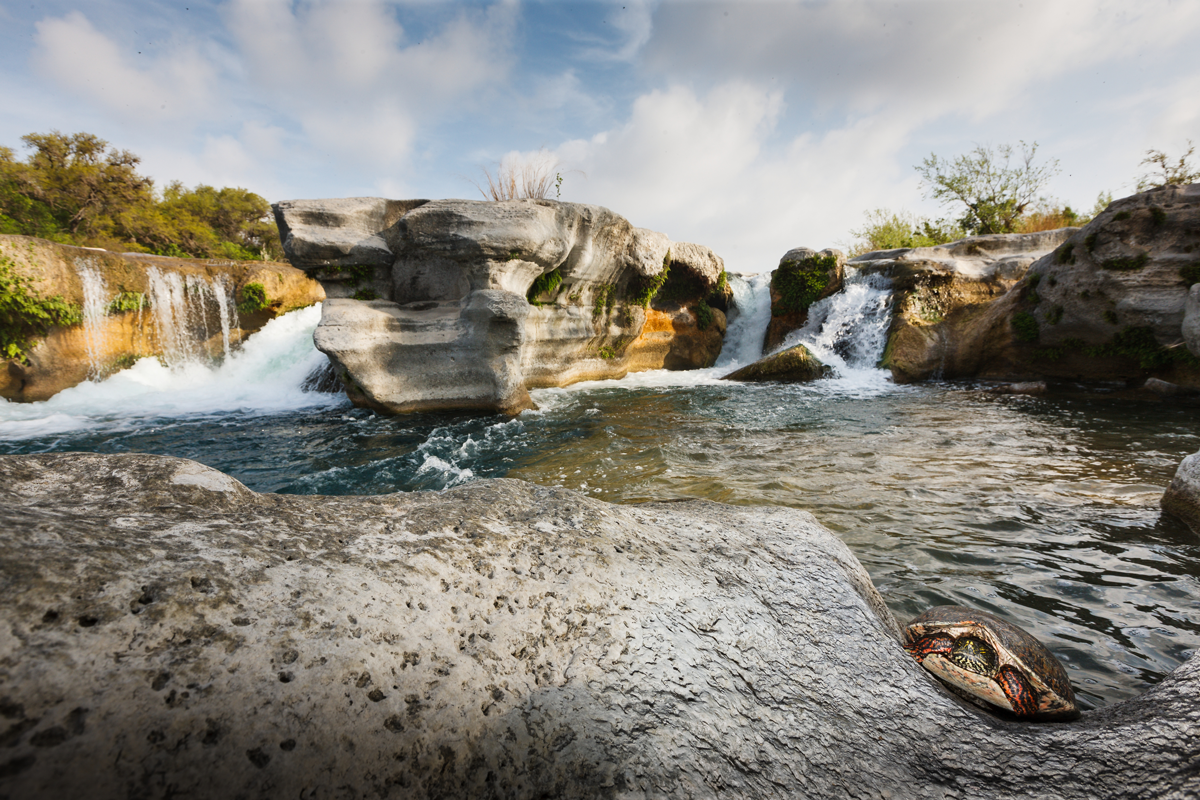
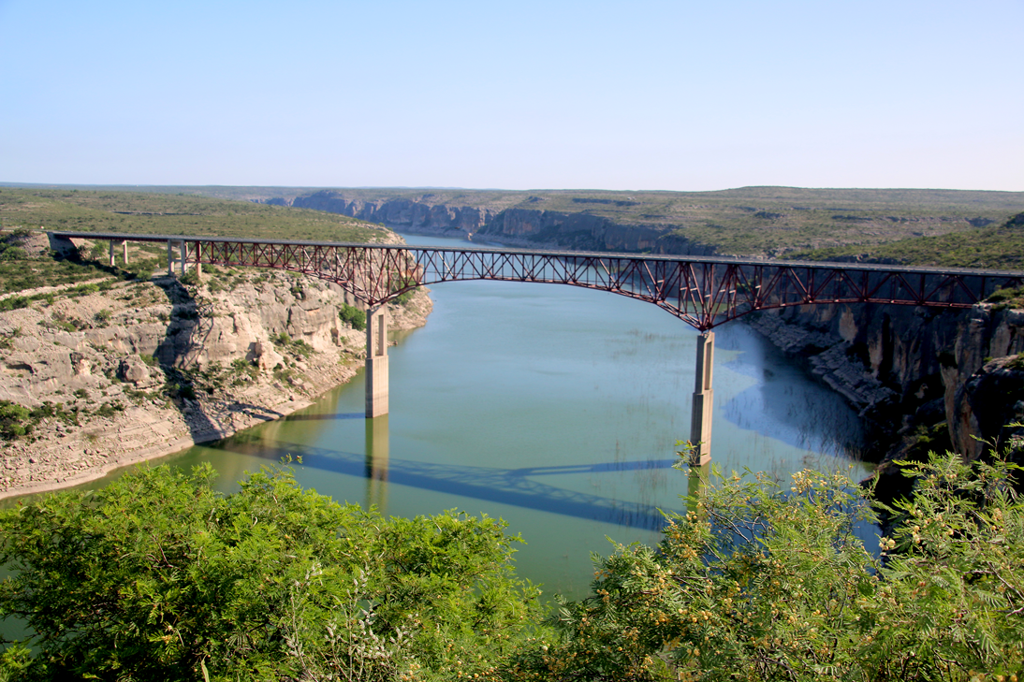
Ecological Impact
Several threatened and endangered aquatic species call Val Verde County home. These include:
- Texas Hornshell Mussel
- Devils River Minnow
- Proserpine Shiner
- Rio Grande Darter
- Conchos Pupfish
- Mexican Blindcat
In accordance with the Endangered Species Act, if we do not protect the required environment and water these animals need to survive, the federal government could intervene in local water management and encroach upon private property rights.
"Our goal is to avoid the same fate the city of Fort Stockton endured with their beloved Comanche Springs. If we do not protect our groundwater, the rule of capture law will reign and leave future generations without this valuable resource."
How do we protect our resources?
Spring and river flows are indicators of groundwater levels in the watersheds of Val Verde County. We can use our desired future spring and river flows to set water management standards.
These standards, customized to each watershed, can aid the sustainable management of our groundwater resources and the protection of private property rights, recreational values, and municipal water supplies.


"It's Happened Before, It Can Happen To Us!"
Once referred to as the “Spring City of Texas”, Fort Stockton is a prime example of the negative effects that come with the over-pumping of a prominent water resource. Comanche Springs was one of the largest freshwater springs in West Texas and the 8th largest in Texas. That came to an abrupt end in the 1950’s, when new well developments and excessive groundwater pumping for crops across the Belding Draw caused the springs to run dry.
In 1954, the Texas Supreme Court upheld the “Rule of Capture” and ratified the right of irrigation owners west of town to pump as much water as they wished, even if it negatively impacted others use of groundwater. As a result, the Comanche Springs stopped flowing year-round, which had, for thousands of years, produced up to 35 million gallons a day. No water in the Comanche Springs meant no water for the irrigation canals. This led to the end of farming efforts for many.
Let's make sure history doesn't repeat itself in Val Verde County!


